Introduction
Reykjavik, the vibrant capital of Iceland, is a unique blend of modernity and tradition, where Nordic culture meets natural wonders. As the northernmost capital city in the world, Reykjavik is not just a gateway to Iceland’s breathtaking landscapes but also a destination in its own right. If you are planning a trip to Reykjavik, this comprehensive guide will walk you through everything you need to know, from must-visit attractions to culinary delights, and essential tips for getting around.
Where is Reykjavik?
Reykjavik is located on the southwestern coast of Iceland, sitting on the southern shore of Faxaflói Bay. The city is surrounded by stunning natural scenery, including mountains, geothermal hot springs, and vast ocean views. Its strategic location makes it the ideal base for exploring Iceland’s famous Golden Circle and the rugged landscapes of the South Coast.
Top Activities to Enjoy in Reykjavik
Explore the Old Harbor: A bustling area with colorful boats, local shops, and seafood restaurants. Join a whale-watching tour or visit the Maritime Museum.
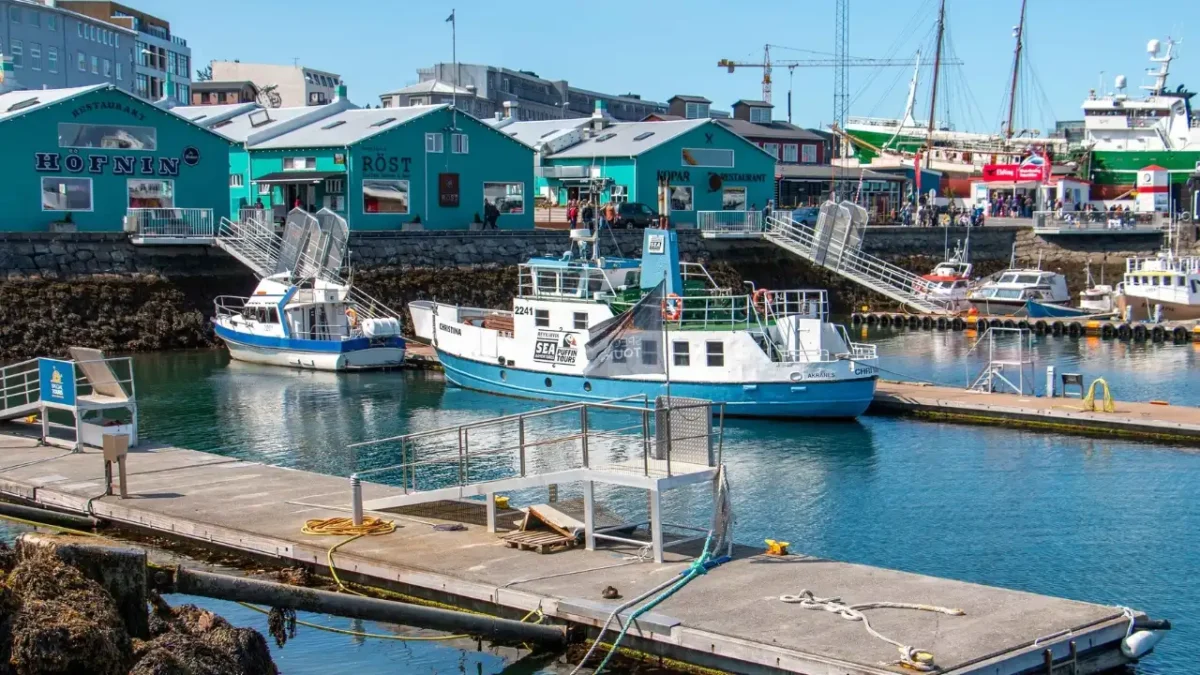
Visit the Hallgrímskirkja Church: The tallest church in Iceland, offering panoramic views of the city from its tower. Don’t miss the striking architecture inspired by basalt columns.
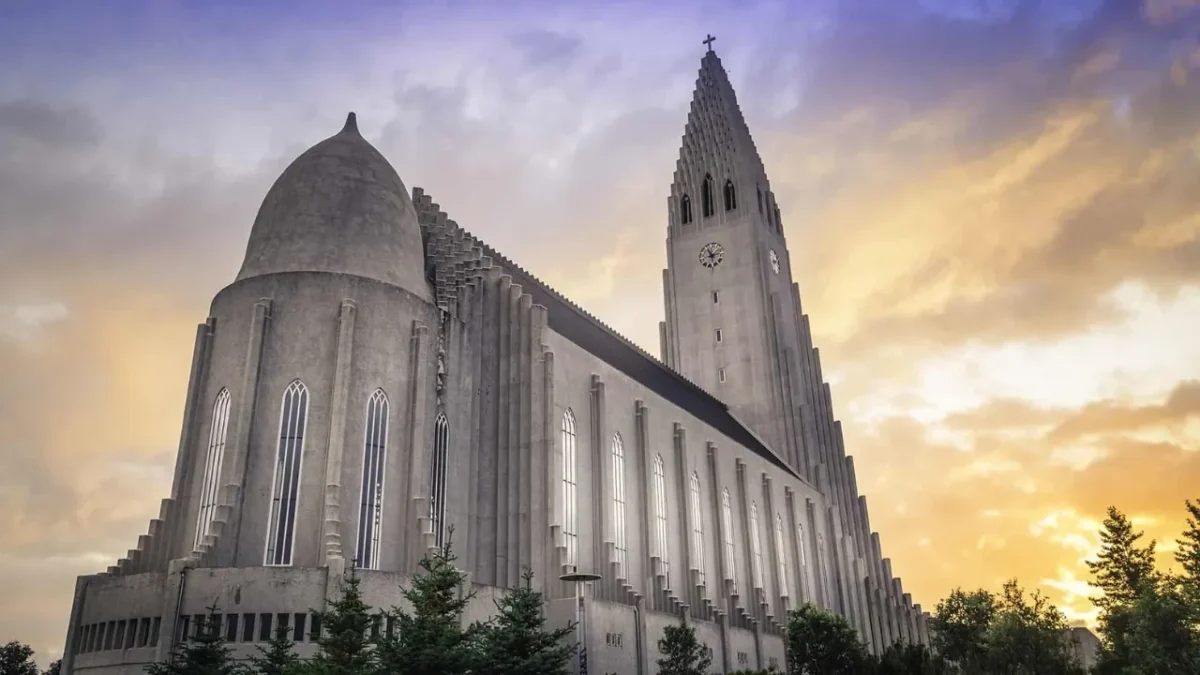
Discover Icelandic Culture at Perlan: A modern museum and observation deck with exhibitions on glaciers, volcanoes, and the Northern Lights.
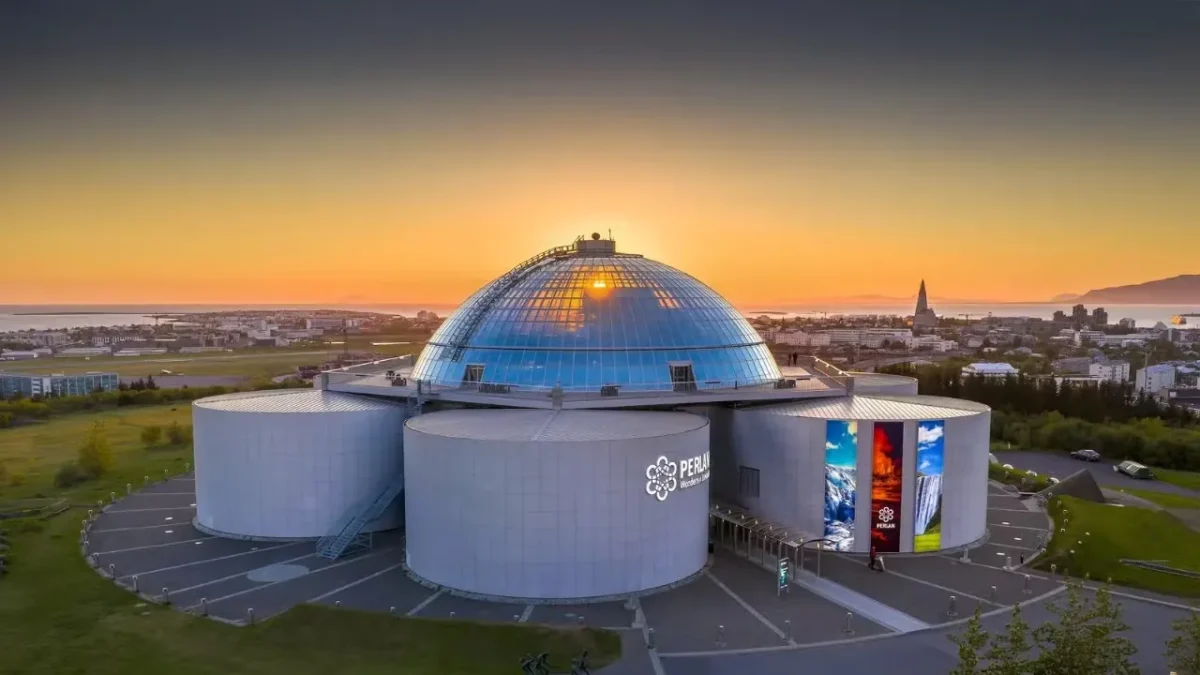
Relax at a Geothermal Pool: The Blue Lagoon is a must-visit, but the city’s local pools, such as Laugardalslaug, offer a more authentic experience.
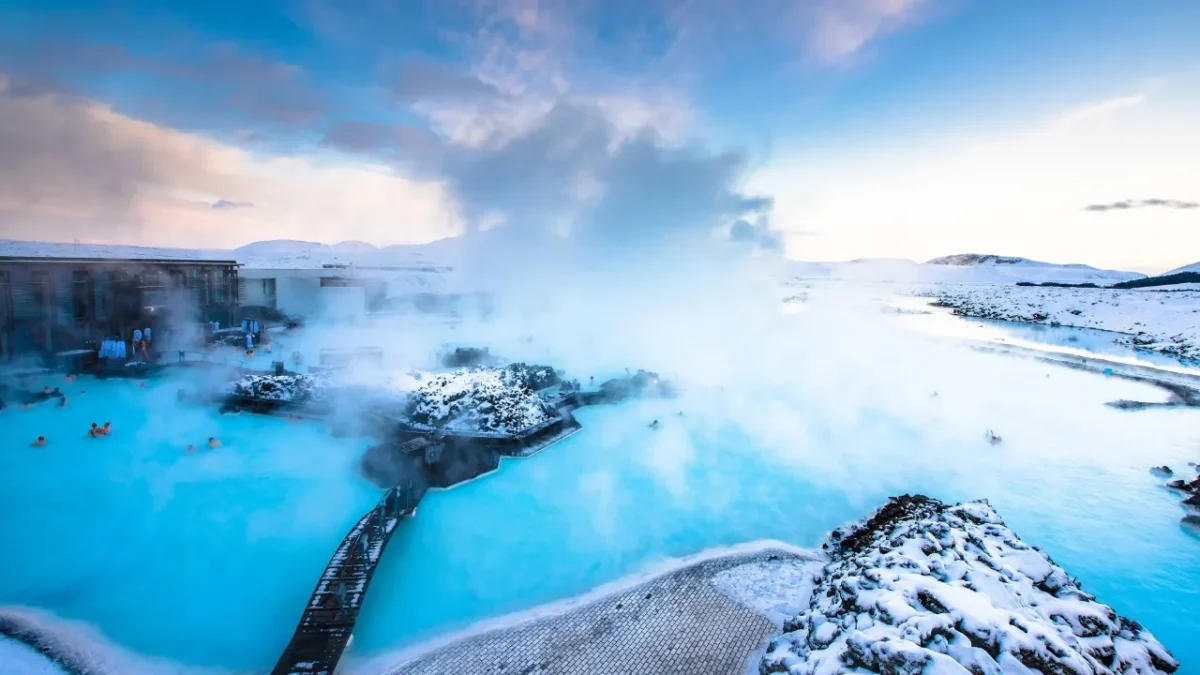
Experience Reykjavik’s Nightlife: The city’s nightlife is vibrant and diverse. Visit bars like Kaffibarinn or Lebowski Bar for cocktails and live music.
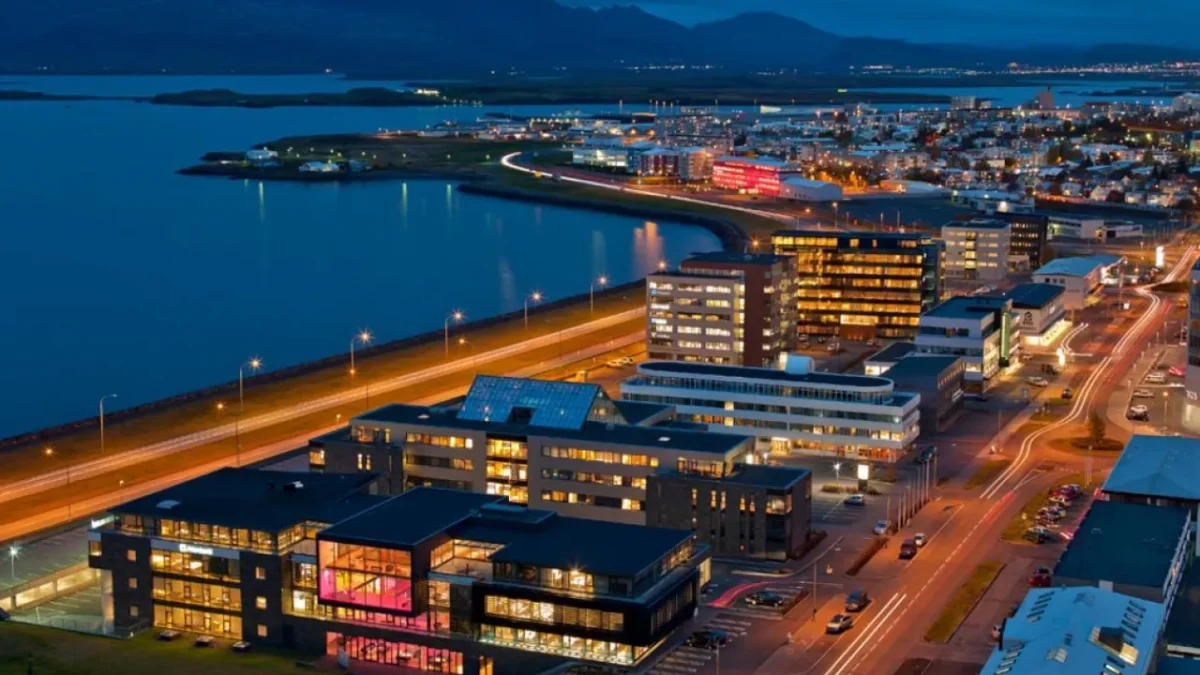
Must-See Attractions
The Sun Voyager Sculpture: A beautiful ode to the sun, overlooking the bay.

Harpa Concert Hall: An architectural masterpiece that hosts music and cultural events.
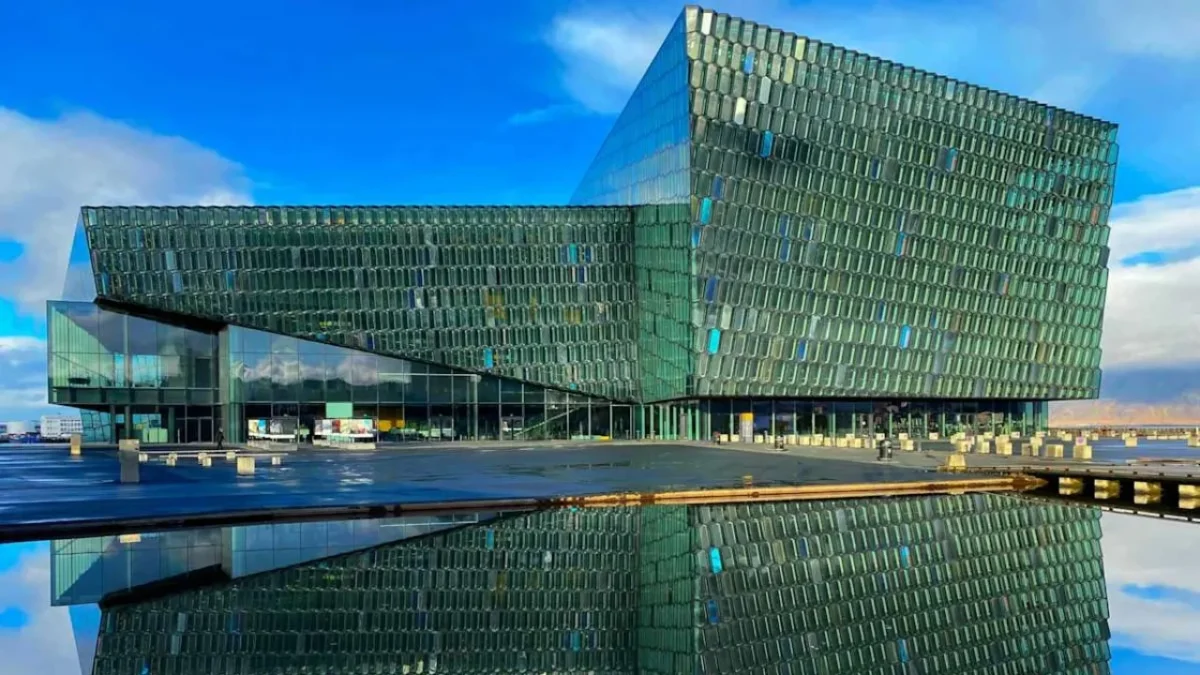
National Museum of Iceland: Dive into the country’s rich history and cultural evolution.

Reykjavik Art Museum: Contemporary Icelandic art in a dynamic setting.
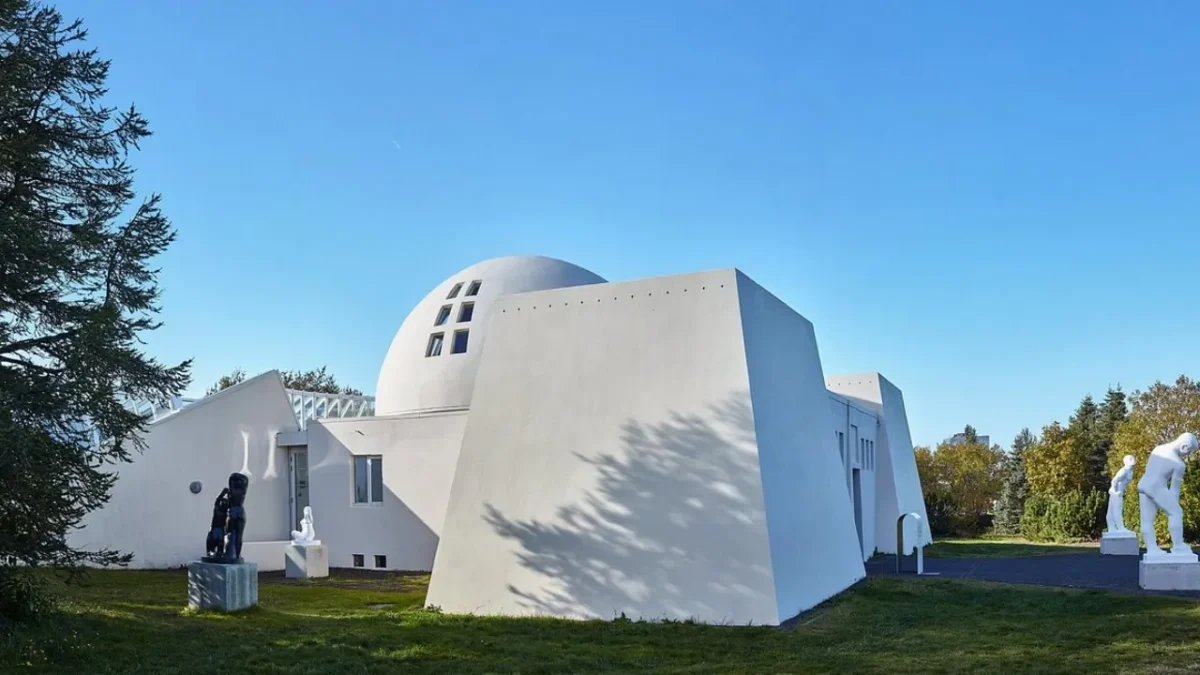
Tjörnin Pond: A picturesque spot to feed ducks and enjoy the city’s tranquility.
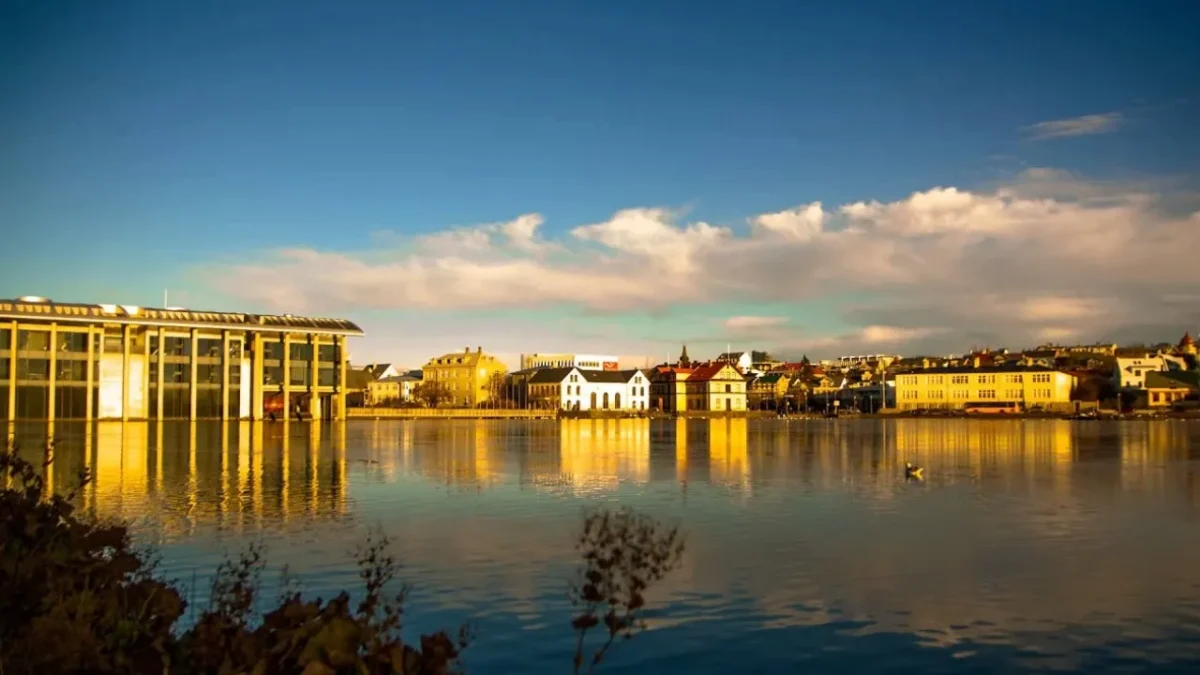
Best Cafés to Visit
Kaffivagninn: Iceland’s oldest restaurant, serving hearty meals and coffee by the harbor.
Mokka Kaffi: A cozy spot for hot chocolate and traditional Icelandic waffles.
Sandholt Bakery: Famous for its pastries and artisan bread.
Reykjavik Roasters: A favorite among coffee enthusiasts, offering rich brews.
Food to Try in Reykjavik
Plokkfiskur (Fish Stew): A hearty mix of fish, potatoes, and onions.
Lamb Soup: Traditionally Icelandic, perfect for cold days.
Skyr: An Icelandic dairy product, similar to yogurt but creamier.
Hot Dogs from Bæjarins Beztu Pylsur: Iconic street food, loved by locals and tourists alike.
Hákarl (Fermented Shark): An adventurous bite, not for the faint-hearted!
Weather in Reykjavik
Reykjavik’s weather can be unpredictable. Winters (December to February) are cold, with temperatures around 0°C (32°F), while summers (June to August) are mild, averaging 10°C to 15°C (50°F to 59°F). Pack layers, waterproof gear, and don’t forget your camera for capturing the occasional Northern Lights!
Getting Around Reykjavik
Public transport in Reykjavik is reliable and consists mainly of buses. The Strætó bus system covers the entire city and suburbs. Tickets can be purchased via the Strætó app or directly from the bus driver (cash only). Taxis are available but can be pricey. For more flexibility, consider renting a car or using guided tours for day trips.
Final Thoughts
Reykjavik is more than just a stopover on your way to Iceland’s natural wonders. The city is a cultural hub, brimming with history, art, and a welcoming atmosphere. Whether you are soaking in a hot spring, enjoying the local cuisine, or exploring its charming streets, Reykjavik promises an unforgettable experience.

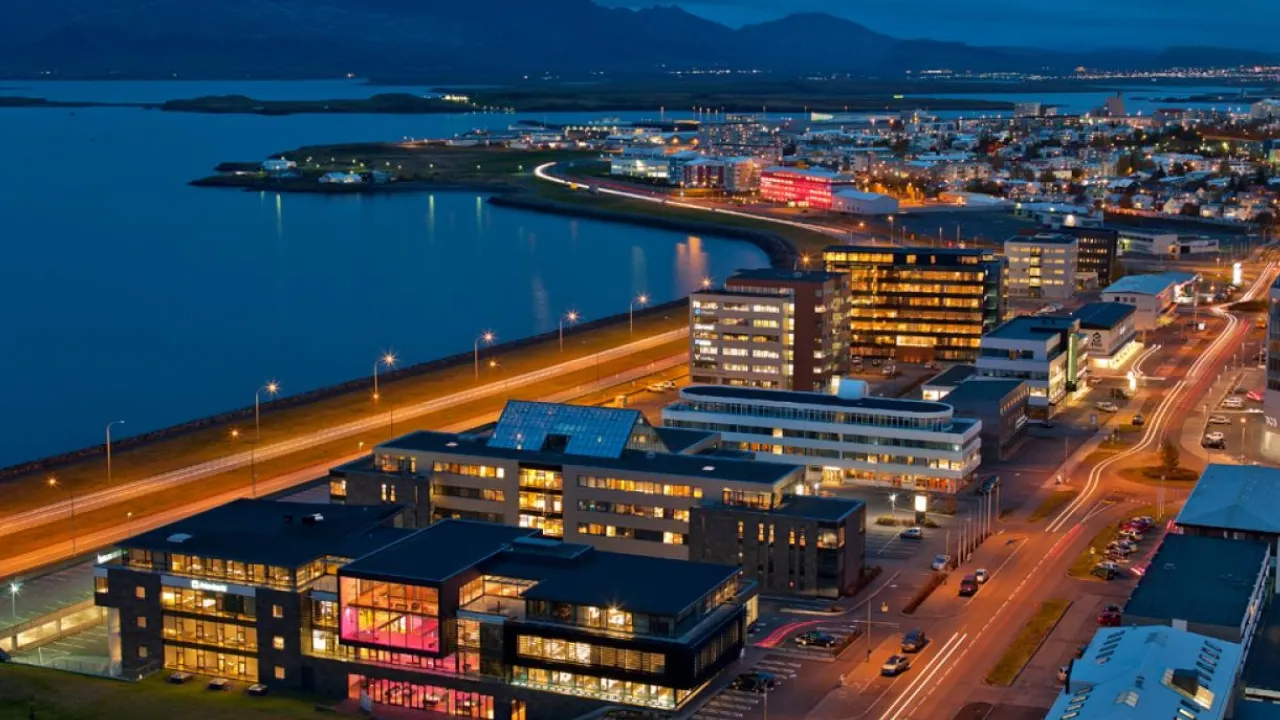
Comment (0)